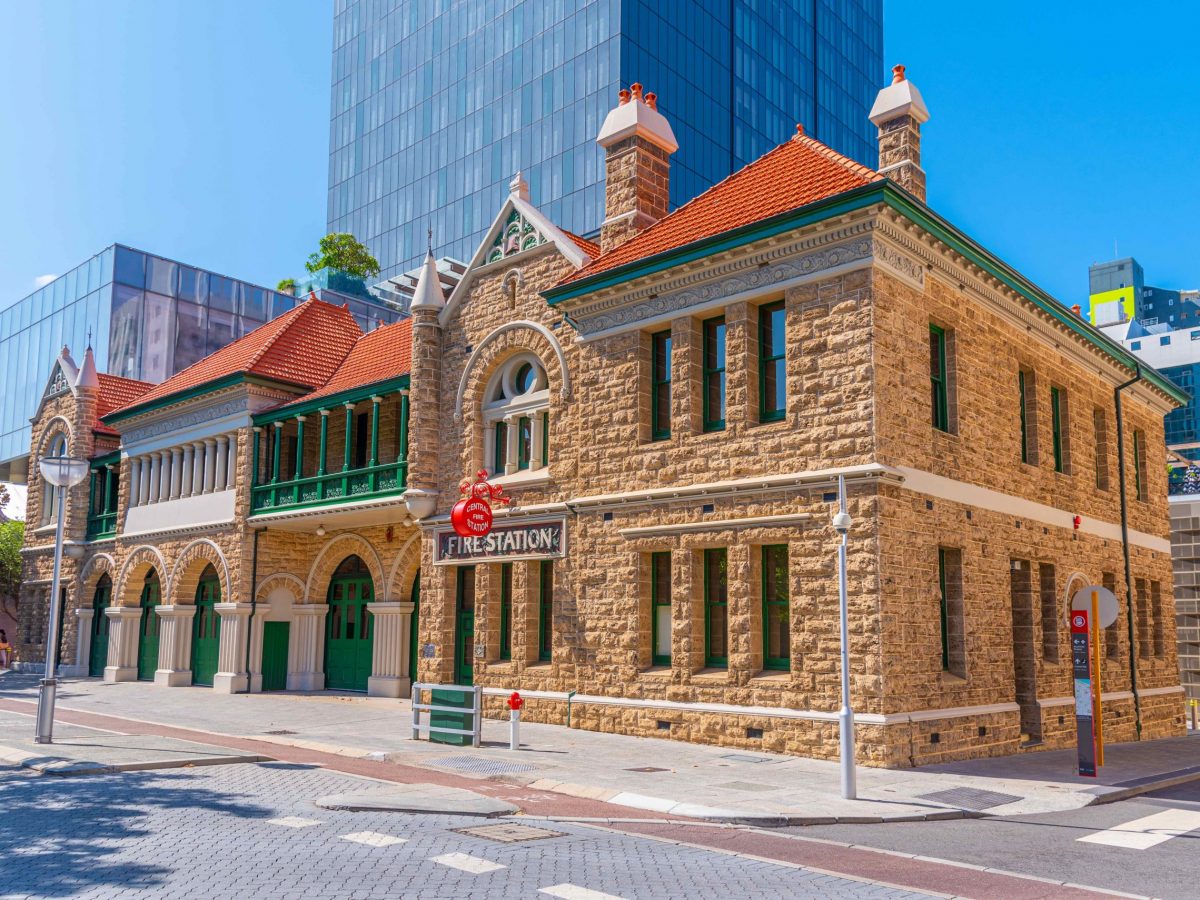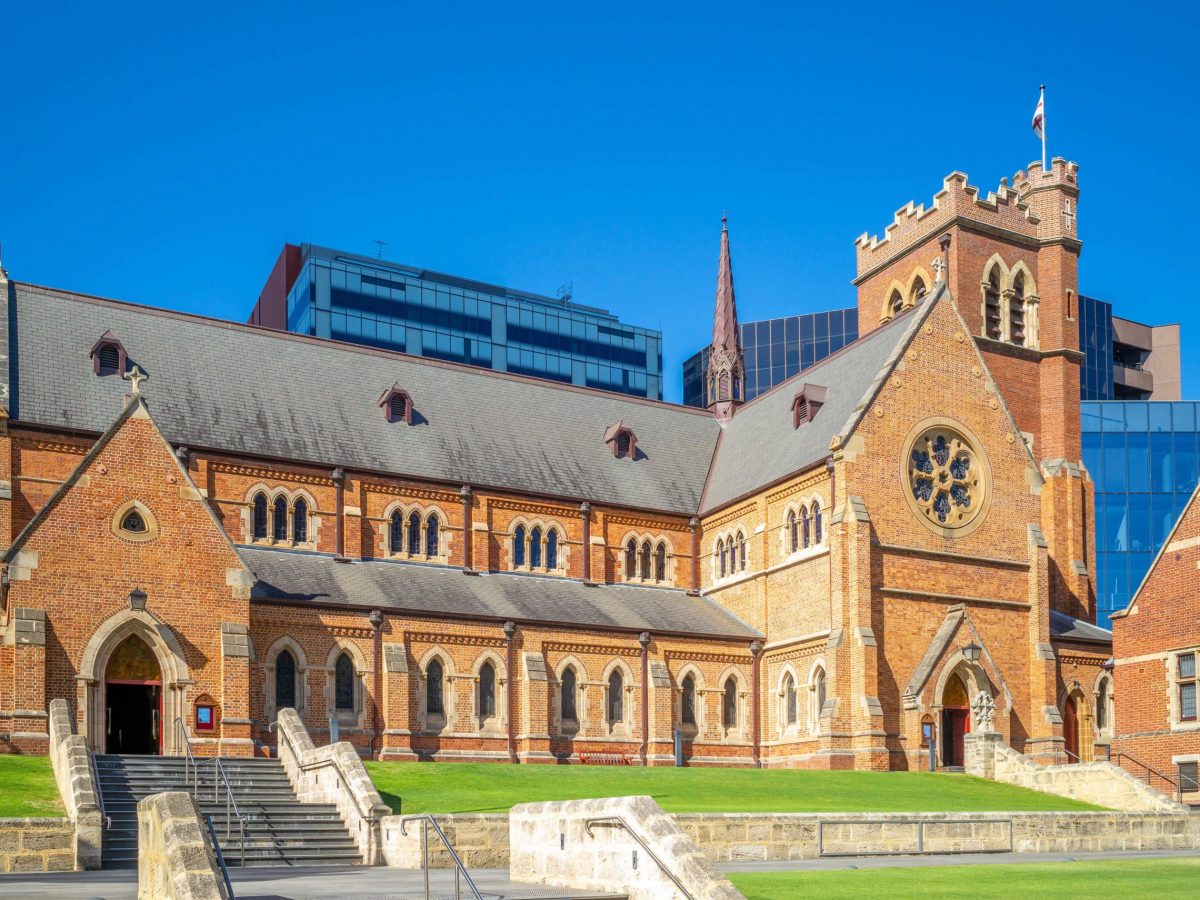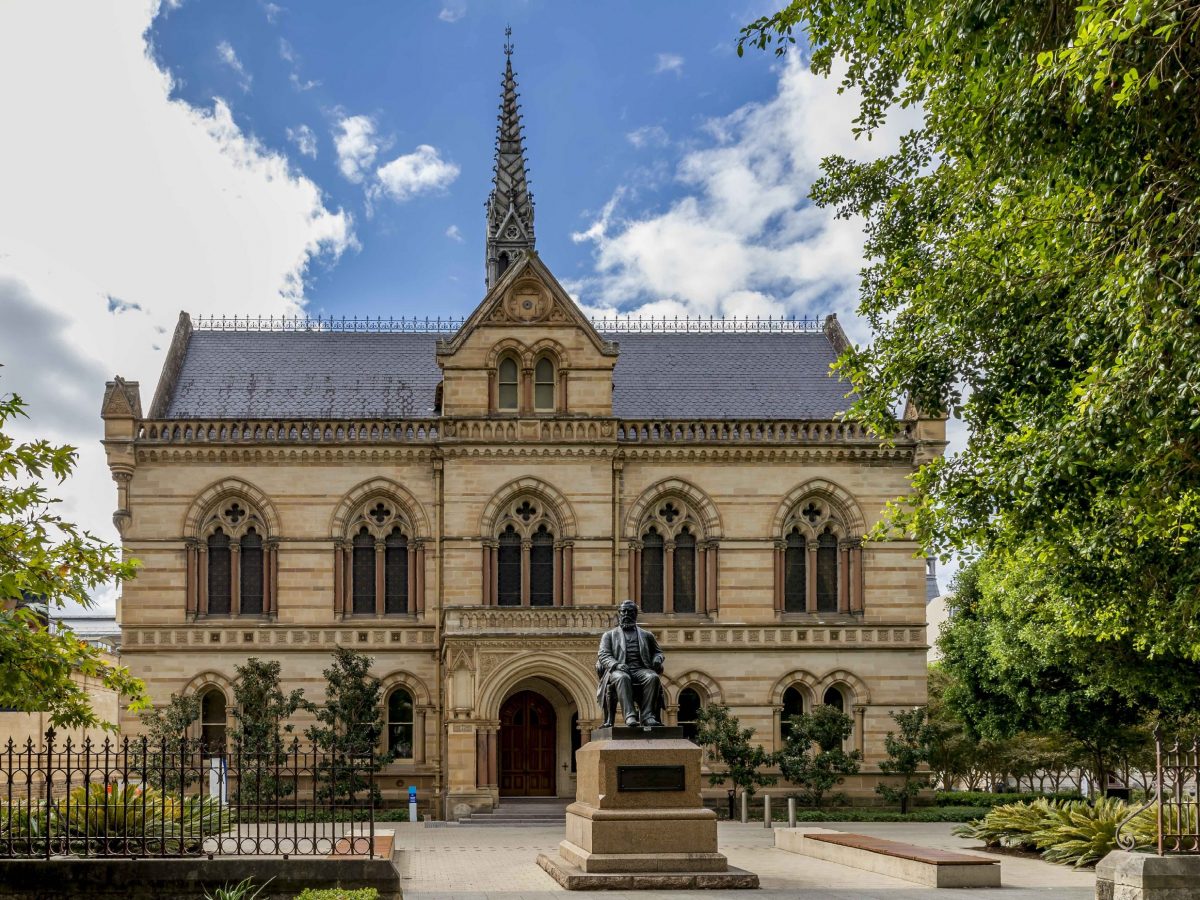CONNECTING THE NATION 1881–1900
Queen Victoria’s last two decades were a hiatus in the economic and architectural development of Australia. The 1880s were Britain’s glorious years of Empire, industry and prosperity, reflected in its southern colonies by their soaring populations and expanding trade. The colonies made rapid progress with railways and telegraph networks connecting agricultural and mining towns to port cities. Architects won commissions to build new railway stations and more inns and taverns, and town buildings, near them. But the boom broke at the end of that decade and the eastern economies were depressed during the early 1890s. During that crisis, bold steps were taken to bring together all the colonies and territories as one national federation.
Topics surveyed in Chapter 5 of Australian Architecture are:
—Expanding infrastructures
—Institutes for barnacles and burglars
—European or authentic architecture?
—Oriental turns
—Gentlemen’s clubs
—Designing ‘Marvellous Melbourne’
—Sydney’s leisure magnets
—New heights for commercial premises
—Barnet, Wardell and Vernon in New South Wales
—Schools for secular education
—Public buildings in Victoria
—Town halls
—Metropolitan fire stations
—Upgrading the markets
—Colonial architects in Queensland, South Australia and Western Australia
—Perth’s leading commercial architects
—Shocking red roofscapes
—Eclectic concepts for mansions and villas
—Queensland’s climate constructs
—Two new English church architects in Hobart
—South Australian advances
—Western Australia’s belated boom
—Designing Australia’s Federation




